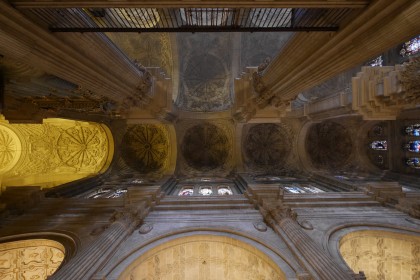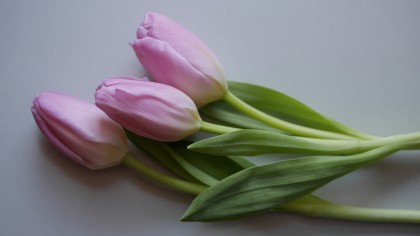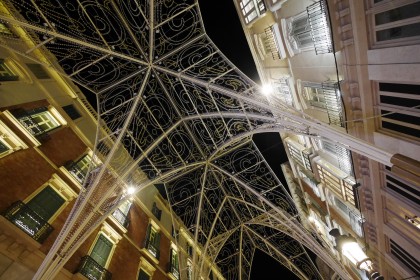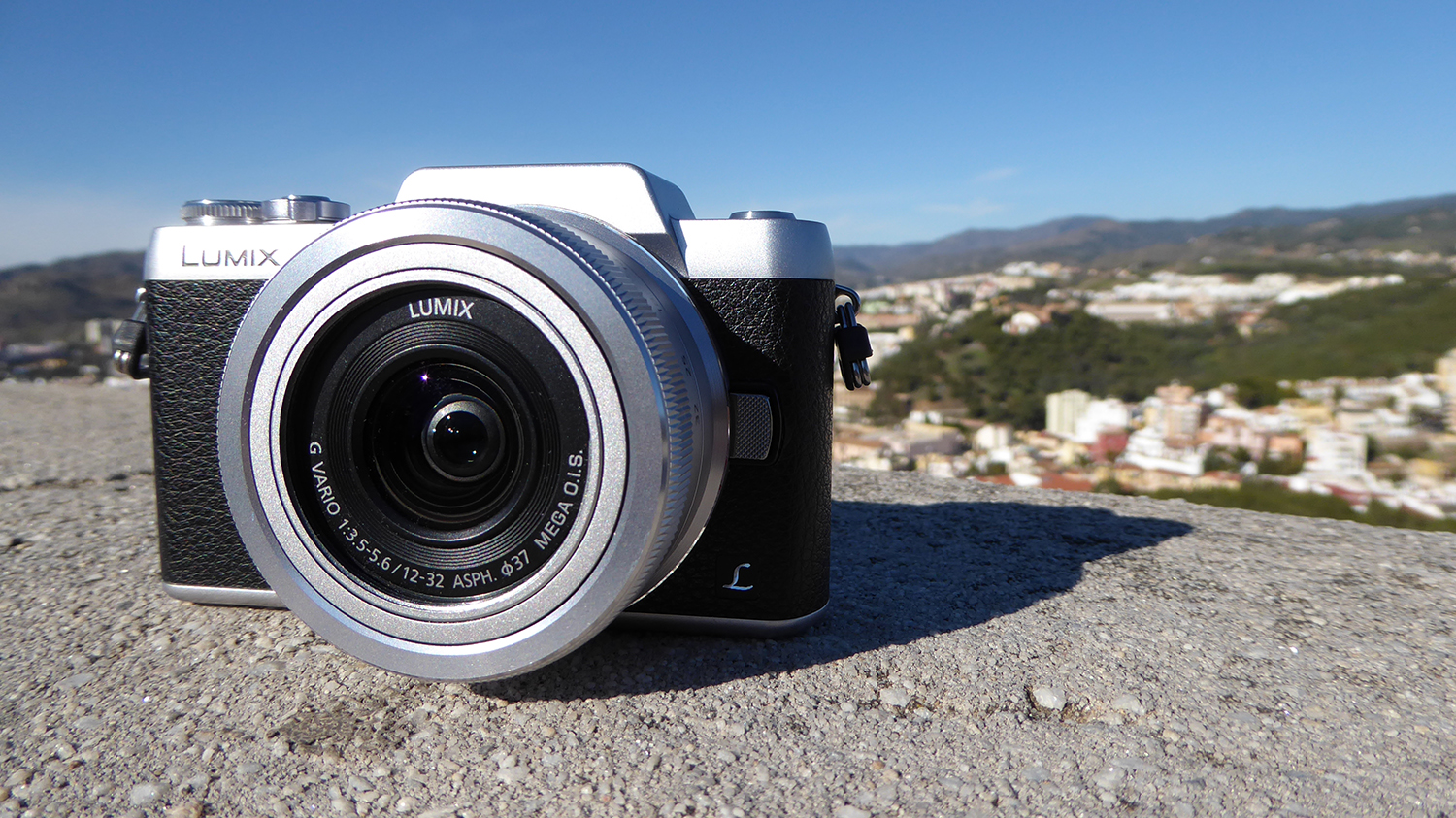Why you can trust TechRadar
We didn't have much doubt that the GF7 would be an excellent performer, given that it uses the same sensor and processor as the already proven GX7.
It produces bright and punchy colours but without so much vibrance that pictures look unnatural. Skin tones, in particular, are rendered beautifully, while landscapes have a lovely bright tone.

Click here for a full resolution version.

Click here for a full resolution version.
You can change the colour reproduction with different Photo Styles. Here you can choose from Vivid, which is useful for boosting the hues in landscape shots, Natural, which is good for portraits, and other options such as Monochrome. The good thing about using these Styles is that they can be shot in the raw format, so you have a clean version of the image to work with later down the line if you need it.
Finer details
The camera's sensor reproduces detail really well, and examining an image at 100% shows how much fine detail has been captured. At lower sensitivities, such as ISO 200, detail is particularly well defined. As you move up the sensitivity scale, towards the higher values, such as ISO 3200, you can see some smoothing and loss of detail if you examine pictures at 100% magnification. The overall impression of detail at normal web and print sizes such as A4 is very good, though.

Click here for a full resolution version.
Generally, the camera's multi-pattern metering system does a good job of helping to produce accurate exposures. In trickier lighting conditions, or where the scene is a little dark, there is a tendency to slightly underexpose so you might find you need to dial in some positive exposure compensation to correct this.
Similarly, the automatic white balance setting works well to produce accurate colours most of the time. It errs very slightly towards yellow tones under artificial light, so you might find using the Incandescent white balance preset will give better results in these circumstances.
The quality of shots taken at high sensitivities in low light varies depending on the shot itself. Generally, the pictures are very good, with low noise levels even at sensitivities as high as ISO 3200 – this usually comes at the expense of a little loss of detail, but it's acceptable. You might find, however, that images with large expanses of sunset or night sky have more obvious noise – shots with lots of detail help to disguise it.

Click here for a full resolution version.
At the time of writing, it's not possible to convert the GF7's raw files with Adobe Camera Raw, but you can use the bundled Silkypix software. This shows that the default noise reduction is quite extreme in some areas of the scene in high ISO shots, so if you want to you can control the noise reduction settings yourself if you want to make sure more detail is retained.
Creative control
If you want to be a bit more experimental than the Photo Styles allow, there is a good range of digital filters to try. Unlike previous generations of G series cameras, you can apply these filters when working in semi-automatic or manual modes, which is useful if you want to keep control over other settings, such as the lens aperture.

Click here for a full resolution version.
It's worth giving all of the filters a go to see which particularly appeal to your own tastes, but my favourites include Old Days, Dynamic Monochrome, Toy Pop and Bleach Bypass. Again, the good thing here is that they can be shot in raw format so you can revert back to the original if you don't like the effect.
The 12-32mm kit lens is a decent performer, and certainly good enough to get you started. Although you lose some zoom length in a bid to make the overall package smaller, you'll probably find you don't miss it too much for most day to day scenarios.

Click here for a full resolution version.

Click here for a full resolution version.
If you can stretch to additional lenses, it's worth thinking about something with a longer reach for travelling and holidays. There's a huge range of different optics available for Micro Four Thirds cameras now, and a particular favourite of mine is the Leica branded 25mm f/1.4, which gives an equivalent of 50mm – a classic 'standard' focal length. You can also use Olympus lenses with the GF7 because they use the same Micro Four Thirds lens mount.

Click here for a full resolution version.
The need for speed
The GF7's operational speeds are great - moving through the menu system is a breeze, while shot to shot times are also excellent. For single shots, the buffer clears almost instantly, but if you're taking a burst of several shots, you'll need to wait a couple of seconds for it to clear before you can take another burst.
The GF7's autofocus system is fast, locking on to targets in bright light almost instantly. The speed drops slightly in darker conditions, but it's only when you reach almost pitch black conditions that the camera starts to struggle to lock on at all. It's also extremely rare to get a false focus confirmation.
I was unable to assess the Wi-Fi performance at the time of writing, since the smart device app hadn't yet been updated for the GF7. I have used the Wi-Fi with other Panasonic G series cameras before, though, and usually it's very reliable and easy to use. We can update this review when the appropriate update becomes available.
Amy has been writing about cameras, photography and associated tech since 2009. Amy was once part of the photography testing team for Future Publishing working across TechRadar, Digital Camera, PhotoPlus, N Photo and Photography Week. For her photography, she has won awards and has been exhibited. She often partakes in unusual projects - including one intense year where she used a different camera every single day. Amy is currently the Features Editor at Amateur Photographer magazine, and in her increasingly little spare time works across a number of high-profile publications including Wired, Stuff, Digital Camera World, Expert Reviews, and just a little off-tangent, PetsRadar.

